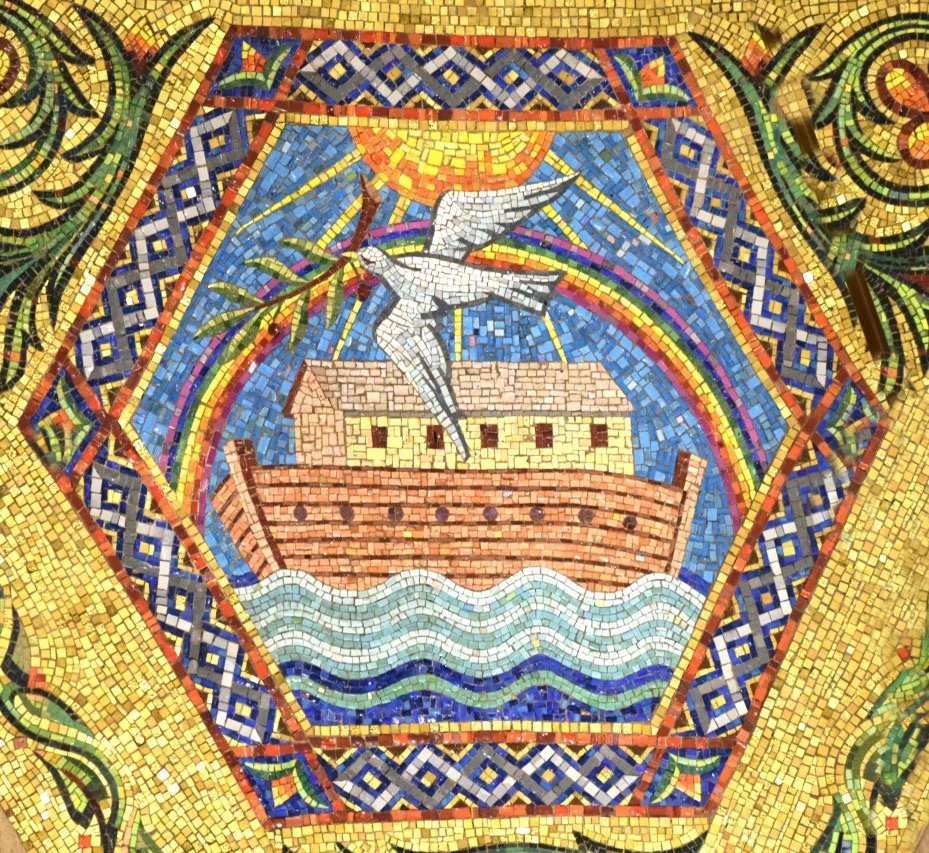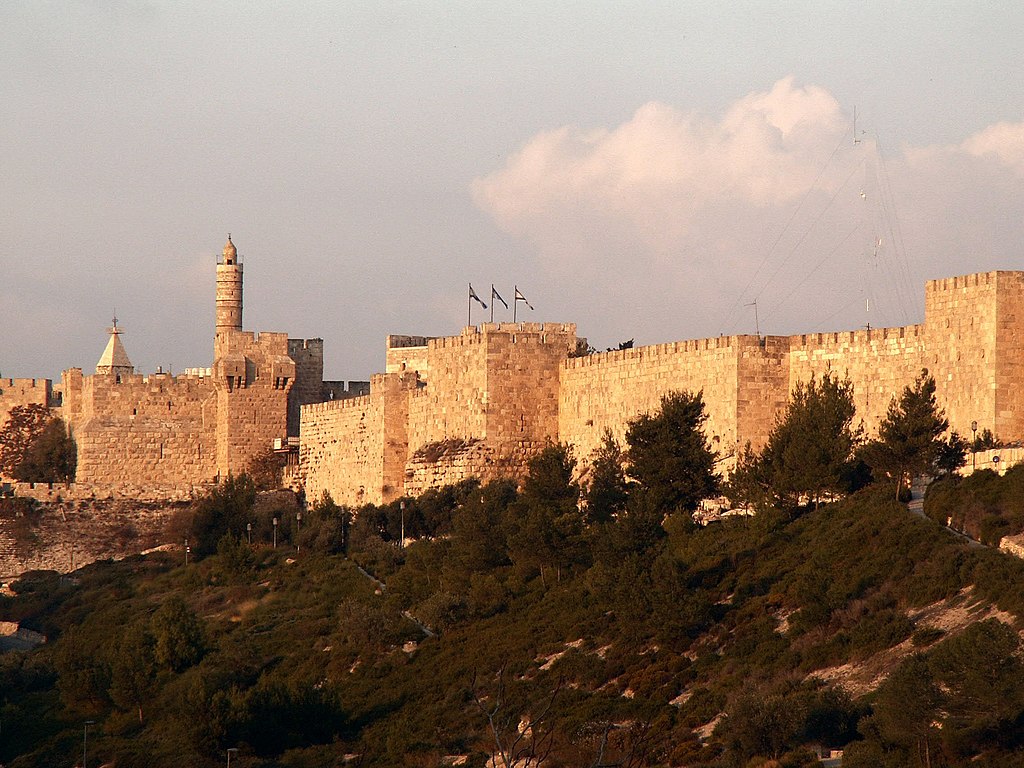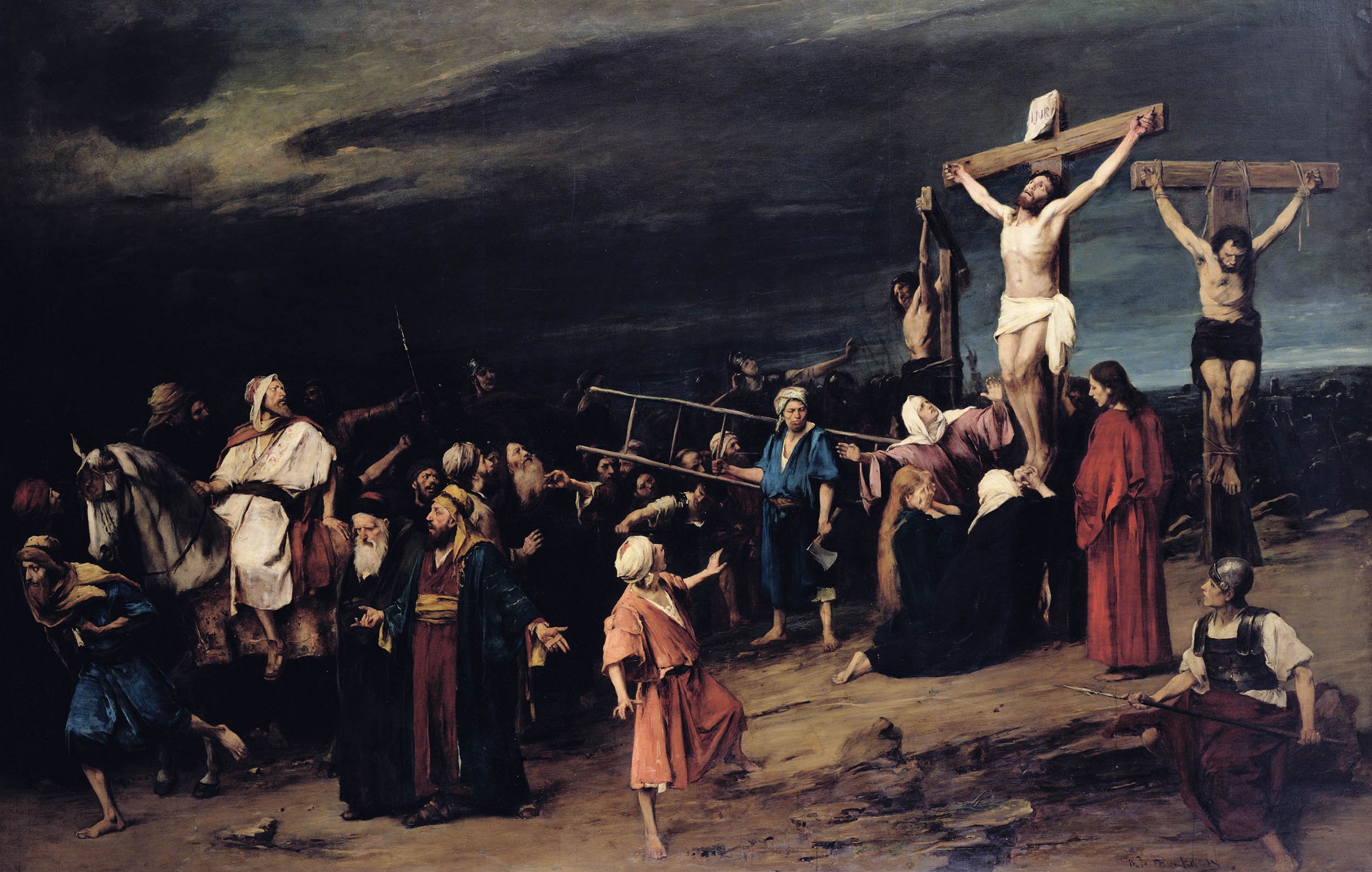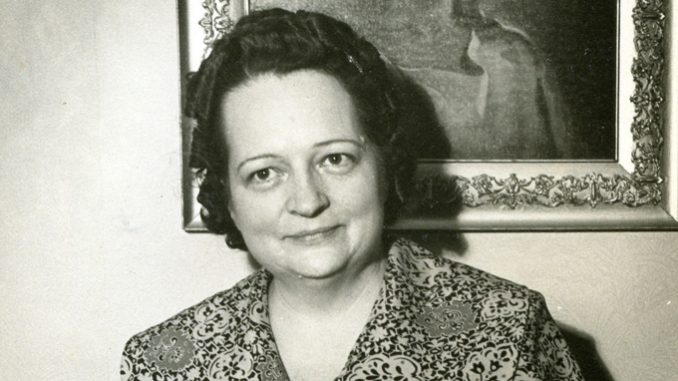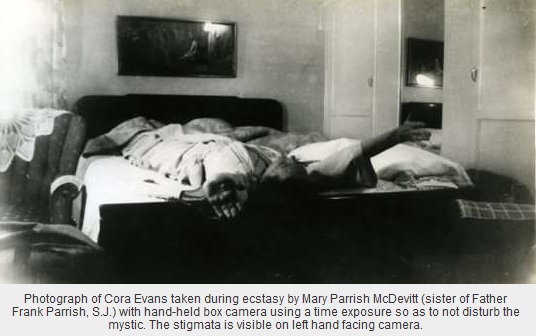
In my previous post in this series, I looked at how the story of Noah’s Ark informs my understanding of the sacrament of confirmation. Today I’d like to explore some better-known territory, namely the significance of anointing in the Bible.
One of the first places we see anointing with oil in Scripture is in the book of Leviticus, chapter 8:
Taking the anointing oil, Moses anointed and consecrated the tabernacle and all that was in it. Then he sprinkled some of the oil seven times on the altar, and anointed the altar, with all its utensils, and the laver, with its base, to consecrate them. He also poured some of the anointing oil on Aaron’s head and anointed him, to consecrate him.
The rite of anointing is how Moses consecrates—sets apart, makes holy—the tabernacle or tent, the altar itself, and Aaron as the first High Priest. The oil marks the instruments and the person as sacred, set apart for divine worship.

Much later in the story of Israel, we find our second significant Anointed One: King David. After the prophet Samuel passes over Jesse’s oldest seven sons, Jesse finally sends for the youngest, David, who is out minding the sheep:
Jesse had the young man brought to them. He was ruddy, a youth with beautiful eyes, and good looking. The Lord said: There—anoint him, for this is the one! Then Samuel, with the horn of oil in hand, anointed him in the midst of his brothers, and from that day on, the spirit of the Lord rushed upon David.
Here the connection between the “spirit of the Lord” and the anointing with oil is even tighter, one happening right after the other.

So there you have the anointing of the priest and of the king. But what about the prophet?
I was frustrated to discover that nowhere in the Old Testament is a prophet anointed with oil. What we do find, however, is the same word for anointing, maschach, used in reference to the prophets. For example, God commands Elijah to anoint Elisha as his successor, which Elijah accomplishes by throwing his own mantle over Elisha’s shoulders. And in the book of Isaiah, the prophet writes that “the Spirit of the Lord God is upon me, because the LORD has anointed me”. Here the connection between the Spirit and anointing is so tight that the two are almost synonymous, and the anointing comes straight from God Himself.

Students of biblical languages are already seeing the connections here: the word “Messiah” means, precisely, “Anointed”, which in Greek is “Christos”.
Jesus is the Messiah, the Christ, the Anointed One. He is prophet, priest, and king.
Prophet, as he himself announces, anointed “to bring good news to the poor” (Luke 4:18).
Priest, because he “serves in the sanctuary, the true tabernacle set up by the Lord” (Hebrews 8:1-2).
King, and not just king, but “King of Kings and Lord of Lords” (Revelation 19:16).
The sacrament of confirmation, marked by anointing, is a sharing in this triple office of Christ.
How is a Christian, as one who shares in the body of Christ, a prophet, priest, and king? A few thoughts come to mind:
A Christian is a prophet because she shares in prophetic mission of Jesus. She has been anointed to “bring glad tidings to the poor [ . . . ] to proclaim liberty to the captives and recovery of sight to the blind, to let the oppressed go free, and to proclaim a year acceptable to the Lord” (Luke 4:18-19). The prophet goes out and speaks the truth about God’s dreams for the world. She not only speaks, she also enacts that dream and makes it real through concrete action. Her life is a kind of “proof” of the Gospel message, a sign that points to truth, to the heavens, to God himself.
A Christian is a priest because she offers her life to God in worship. Just as Aaron was anointed along with the tabernacle and the altar as sacred and set apart, so the Christian offers herself to the Lord as a “living sacrifice” (Rom. 12:1), eternally aflame with the love of God. Like the burning bush, she is always burning with love for God and neighbor, but she is never consumed. Like Jesus, the great High Priest, she enters into God’s presence and makes intercession on behalf of the world, and like Jesus, she forgives those who trespass against her, enacting God’s forgiveness in the world. Her whole life is a sacrifice to God, united to the atoning sacrifice of Jesus on the cross.
A Christian is a king (or queen, if you like) because she exercises dominion over the created order as was commanded to Adam and Eve in the garden. This is not, however, a dominion like that of earthly rulers. Jesus instead shows his followers that a Christian “rules” precisely through loving service to others in his name. “Whoever wishes to be great among you shall be your servant; whoever wishes to be first among you shall be your slave. Just so, the Son of Man did not come to be served but to serve, and to give his life as a ransom for many” (Matthew 20:26-28). The royalty of the Christian, her authority, derives from her willingness to humble herself in service to others.
That’s a good stopping point for now. In my next post, I’d like to look at some connections between the consecration of the tabernacle at the end of Exodus and the coming of the Spirit at Pentecost, and see how the two events might inform my understanding of what happened at my confirmation last weekend.
(Yes, it happened last weekend! I’ll write a more personal post soon, I promise.)

